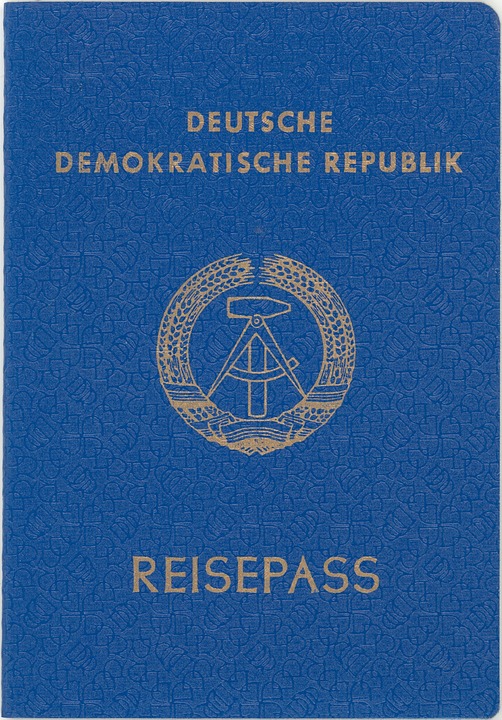[ad_1]
Have you ever noticed that the tighter your schedule is, the more you get done? It’s one of those ironies of working that the busiest people always seem to be the most productive. The trouble with this reality is that it suggests the most productive people are the ones who work the most. And this is simply not true.
In fact, it can be extremely unhealthy, unwise, and unproductive to work too much. It’s misunderstanding the principle at work behind the correlation between time scarcity and productivity that causes stress, overwork, and inefficiency.
You see, it’s not the people who work more who maximize their time. It’s the people who maximize their time who get more done. And people who maximize their time actually work less. Thus, the most productive people are those who tighten their work schedules, get more done in less time, and have time left over to rest, relax, and rejuvenate.
This is the principle of efficiency. What does it take to make this principle work for you? Here are five steps for creating the efficiency that keeps you productive while feeling at your best.
Step 1: Identify Your Most Efficient Patterns
The first step is to identify your most efficient patterns. Are you a morning person or a night owl? Do you do your most focused work before or after lunch? When are your ideas really flowing, and when you tend to slow down? Knowing your internal rhythm is one way to harness your energy.
Once you have determined that rhythm, then you can arrange your schedule to fit. For instance, a morning person might spend the morning in her office concentrating on the projects that demand her undivided attention, saving the afternoons, when her energy declines, for less taxing meetings and lower priority activities. A night owl who finds it hard to get moving in the morning may prefer to tackle team projects early in the day when he can be energized by his colleagues, and save his afternoons, the time when his mind is most engaged, for attending to items that require more focused concentration.
Identifying your most efficient patterns also applies to the activities that fuel your energy, like sleep, exercise, and fun. Just as you can plan your work activities around your natural energy, so can you plan your leisure activities so they restore you they most. Do you exercise to get going and get energized? Then your workouts might be most effective in the morning. Or do you exercise to relax and reduce your stress? Then after work might be the time to hit the gym. Similarly, you can determine when and how much sleep you need, as well as what kind of fun brings you the most joy and contentment. These activities, in addition to adding to your general quality of life, also increase your energy, making you more efficient.
Step 2: Map Out the Ideal
Having identified your most efficient patterns, now you can plan your days around them to put your energy to work for you.
Start by using a blank daily calendar page-perhaps a photocopy of a page from your planner that you haven’t used yet.
On a separate, blank sheet of paper, write down all of the activities you generally do-or would like to do-in a day. Prioritize the items in order of importance. Then, on the blank calendar page, sketch in the activities to create what would be a truly ideal day for you if you were able to do everything that requires your attention, makes you feel complete, and allows you to enjoy your life.
You will most likely find that all of the activities don’t fit. This is what you want to discover. By making sure the most important things get done first, you ensure that you will be spending your time on the right things. Everything else needs to fit around those. This is where the efficiency part comes in: the less important things need to fit into less time. Perhaps you will even identify some things you have been spending time on that no longer fit into your schedule. It’s time to let those go, either by delegating them, finding new systems for getting them done faster, or deciding they don’t need to be done at all.
This exercise can be used to map out the different kinds of days in your schedule, or it can be used to generate ideal versions of your weeks, your months, or even your years, depending on the nature of your work. The clearer you get on what makes an ideal schedule for you, the more efficient you become as you delete extraneous activities and plan your calendar around what matters most.
Step 3: Make it Real
Now it’s time to get real. In this step, you transfer the schedule you mapped out from the ideal you have just created to your actual calendar. On the days to come, plot the activities in your planner in the way that comes as close as possible to what you would ideally like to see.
At first, your present calendar may bear little relationship to the ideal you’ve so bravely mapped out. However, as you continue planning into the future, you will find it easier to be proactive in determining which activities happen when. Perhaps a late meeting prevents you from getting to the gym tomorrow evening as you would like; however, if you schedule a few trips to yoga for next week, you will be able to arrange any new meetings around your ideal schedule.
A few tips to making this step count:
- Put your commitments to yourself in ink. You will be less apt to cancel on yourself than if you can simply erase what you’ve written.
- Consider your activities to be appointments. If you have an appointment Tuesday morning to work on a big presentation, your calendar is booked. No matter that your appointment is with yourself-it is equally as important as if the meeting was with the actual client for whom the presentation will ultimately be given.
- Communicate, communicate, communicate. People will respect what you tell them what you need when the purpose is to be at your best. Letting them know you want to meet at 9:00 a.m. instead of 3:30 because you’ll be fresher and more effective serves everyone in the long run, even as it improves your efficiency.
- Stick to your guns. Your integrity, not to mention your productivity, is at stake when you are asked to change plans for someone else’s convenience. Unless the matter is critical, stick to your schedule as much as you possibly can. Some days it will be more challenging than others, and those are the days your efficiency is most likely to pay off.
Step 4: Assess the Situation (Compare the Ideal to the Real)
Once you have completed your calendar, take another look at what you’ve created. How far is your reality from this ideal? And what would it take to have the ideal become your reality? Assessing the situation in this way will help you take action toward a more efficient and more productive way of life.
Admittedly, the process can be daunting. It can be hard to get there, and hard to stay there, because life gets in the way.
For instance, maybe your ideal day involves getting a walk in every morning before breakfast. But you have a hard time getting out of bed for the occasion, even though you know you’ll feel better if you do.
Or maybe you know that you are at your best when you spend the entire evening at home with the ones you love, not running errands or attending late meetings. But you do have late meetings and evening obligations, so you find yourself not reaching your ideal.
Use every day as an opportunity for learning and moving closer to the schedule that keeps you at your best. At the end of every day, ask yourself three simple questions: What went well, or how was I able to maintain the schedule I set? What didn’t go well, or what knocked me off track? What do I want change or do differently tomorrow? By striving each day to create as efficient a schedule as possible then assessing the results each evening, you are practicing putting into place a routine that will soon feel natural and easy. When you do, you will be at ease in your own life, and you won’t feel the tension, guilt, or stress that results when you are overworked, overtaxed and overtired.
Step 5: Go Easy On Yourself
As you put your plan into practice, remember your ideal schedule is just that: an ideal. It’s something to strive for and approach as closely as possible. This is not about perfection; it’s neither practical nor healthy to set up an unattainable ideal and then berate yourself for not achieving it. The key is to remember what the ideal is for-that is, for helping you choose your activities carefully based on what’s most efficient and effective for you.
Working with your calendar this way is a key to efficiency. Too often, we become slaves to our schedules instead of creating schedules that work for us. By identifying your most efficient patterns, mapping out your ideal, making it real, assessing the situation, and going easy on yourself as you put your plan into place, you can tighten your schedule and become your most productive, most efficient you.
[ad_2]
Source by Joelle Jay


